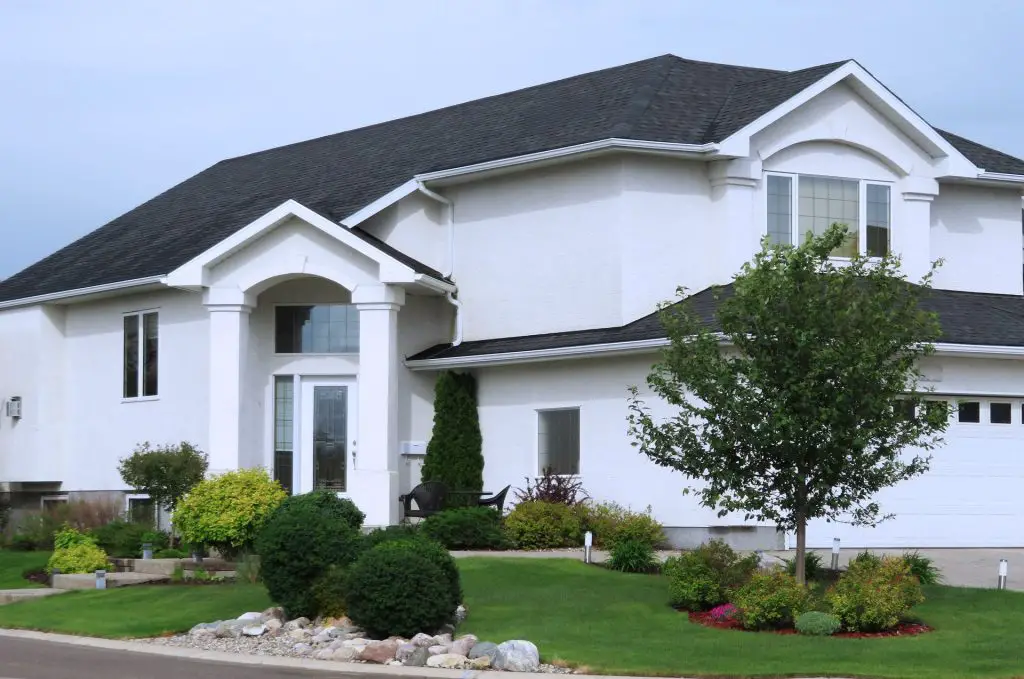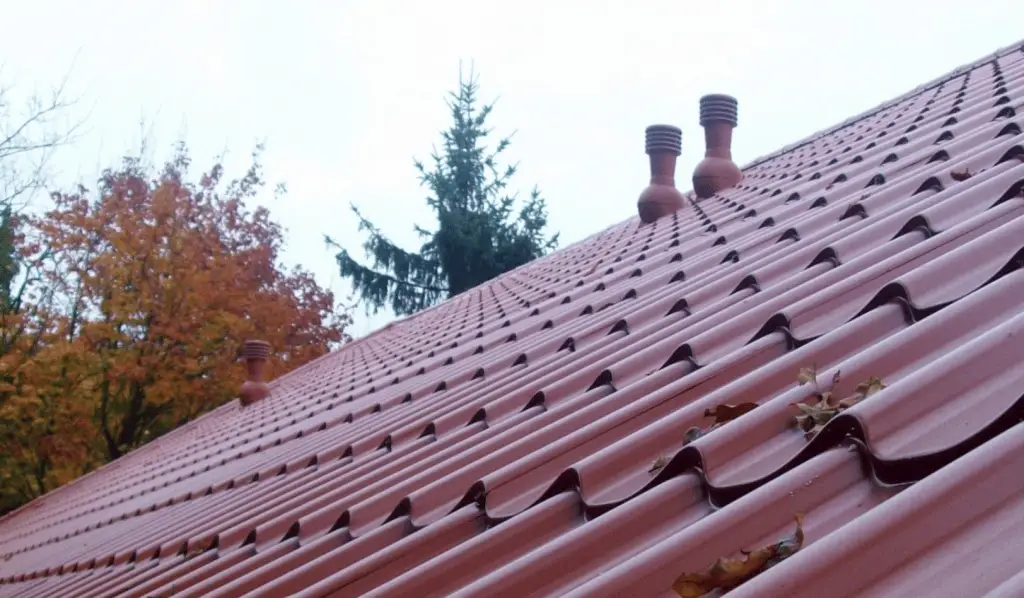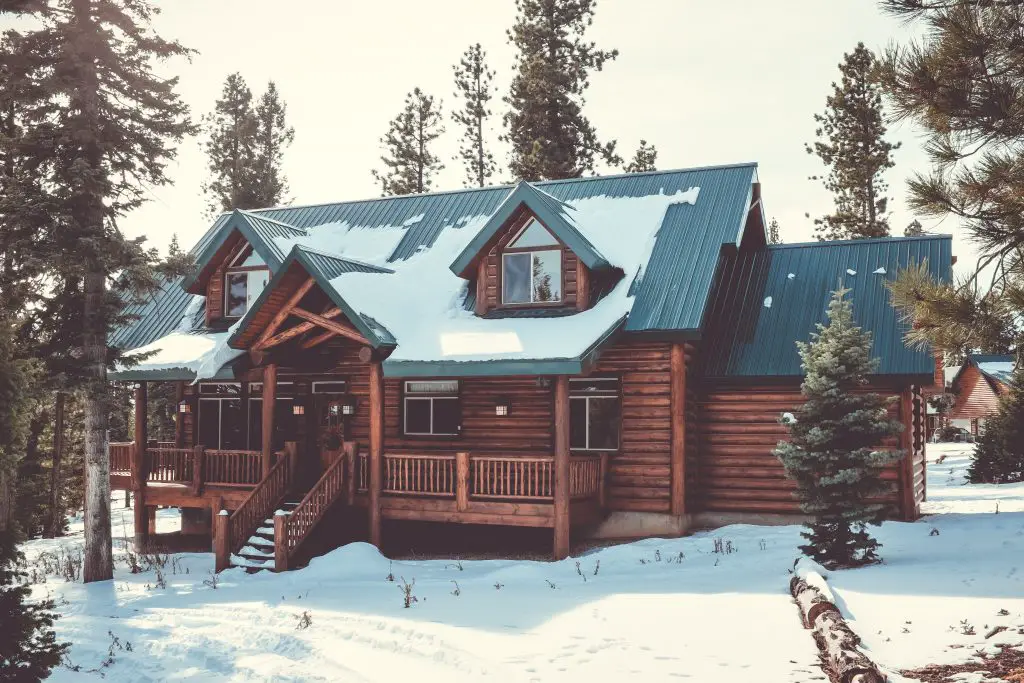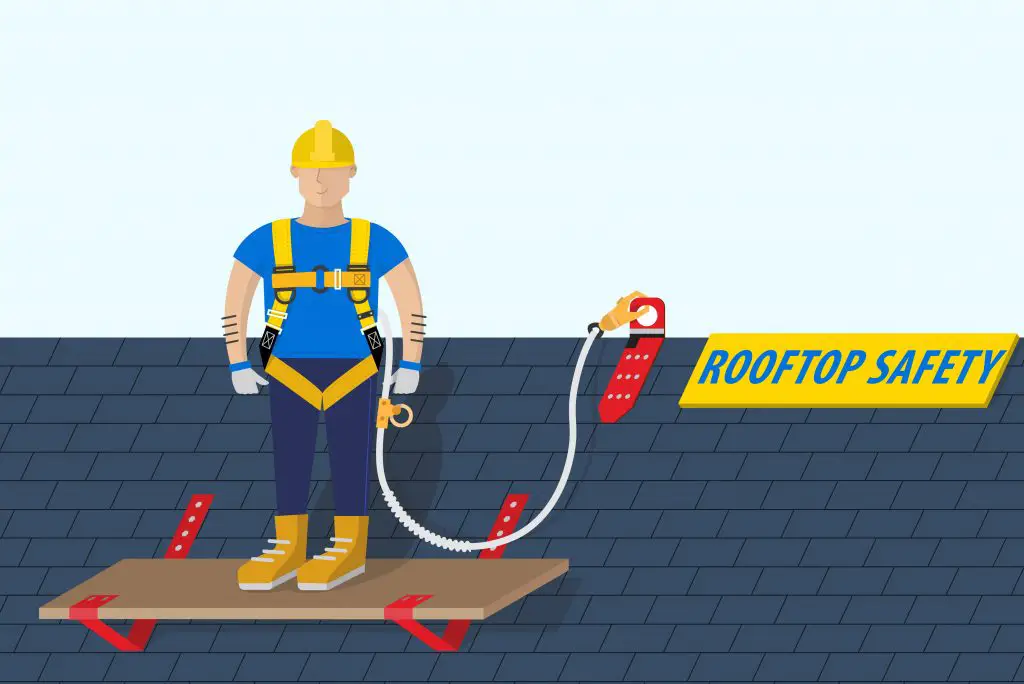We hope you love the products we recommend! Just so you know, when you buy through links on our site, we may earn an affiliate commission. This adds no cost to our readers, for more information read our earnings disclosure.
Last Updated on June 15, 2022 by Todd
If you’re wondering what temperature is too cold to install shingles, here’s the answer: The ideal temperature for installing asphalt shingles is between 40°F – 85°F (4 – 26 degrees Celsius).
You can still properly install shingles even below 40° F, as long as you follow some rules and recommendations for cold weather installations. The most important aspect to consider when installing a roof during cold temperatures is manual sealing. Shingles need to be hand-sealed if the weather is cold.
Actually, there are many places on earth, like in the northern states, where the temperatures are always low and still, the roofs are perfectly installed all the time.
Asphalt shingles come with a sealant between them that is designed to firmly bond the shingles together. This seal activates itself after installation if the shingles are exposed to sun or warm temperatures.
RELATED: Can roofing be done in winter?
If the temperature outside is lower than 40° F, the seal will not be activated and roofers need to hand seal the shingles manually using a caulk gun. This does not mean that the shingles are defective since the manufacture instructions are always very clear about this: the seal activates only when there is sufficient heat.
What happens if the sealant is not activated?
If the shingles are not firmly secured and sealed together, they can be blown off by the wind and besides that, all the water, dust, ice, snow or debris can go under the shingles creating more and more problems. To avoid these issues, it is necessary to manually seal the shingles (see also ‘What Are Roof Shingles Made Of?‘) by adding a special roofing cement or adhesive between them, that has the purpose to bind the shingles together.
Hand-sealing will require extra materials, extra labor and more working hours. Manual sealing is a must if you want to install a great roof that will last.
Roofing in cold temperatures costs more
If you are a homeowner, expect to pay more to have your roof installed during cold weather. Especially if it is winter and there’s snow and ice on your roof.
Roofing in cold weather is more dangerous than roofing on a sunny and clear day. The roof surface is more slippery in winter, and roofers need to be fully prepared to stay safe in harsh conditions. They must wear a harness, and have fall protection systems, non-slip insulated boots, gloves and more.
Handle the shingles with care and caution
Shingles behave differently when are exposed to long-term cold temperatures. They are easier to break apart, therefore you need to handle all the material with care.
In cold weathers, shingles lose their flexibility and they may crack or break easily. That’s why you need you to handle them with care, don’t throw them or bend them like you would on a sunny day.
Before nailing, make sure the shingles are laying perfectly flat on the roof. If they are not flat and you start nailing, you risk to break them.
Also, you should leave some space between the shingles, don’t overcrowd them. They expand when they’re exposed to the sun, so you should leave a tiny gap between them in order to avoid any bending in the future.






